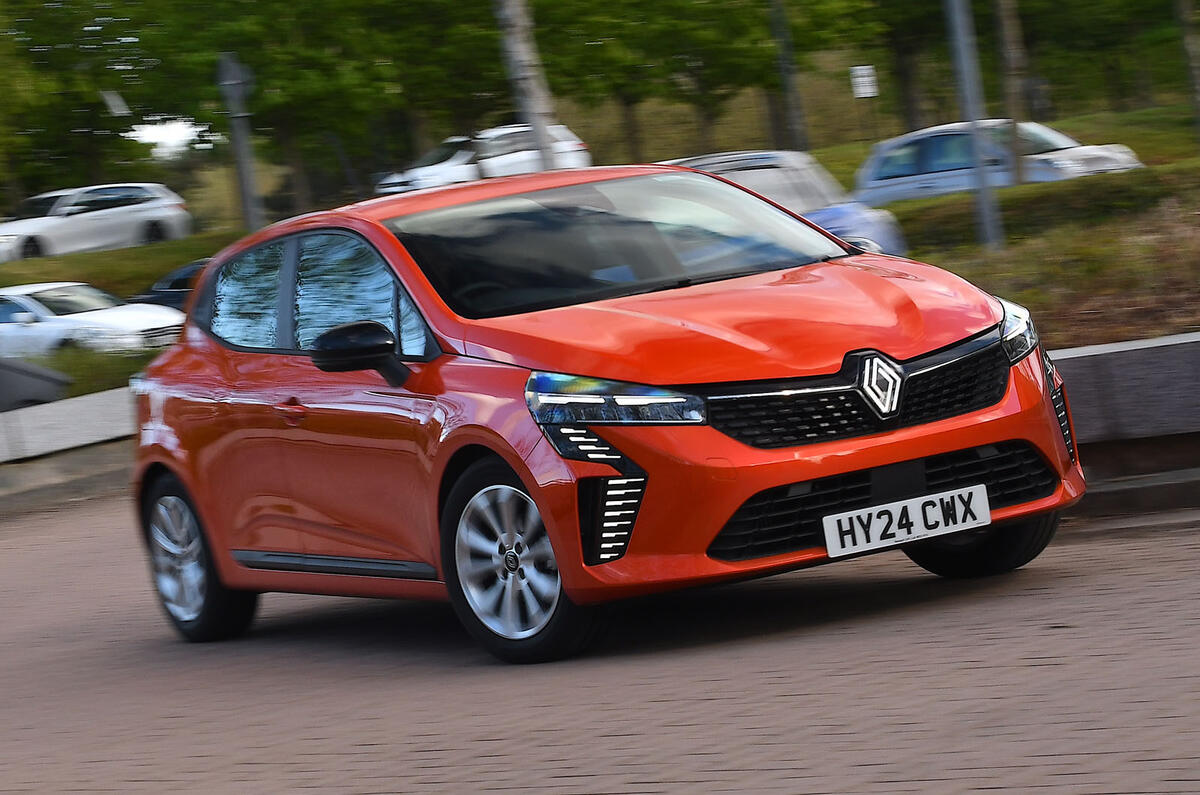The Renault Group has long boasted of its popularity with private car buyers, particularly through its Dacia brand. However, recent declarations that it wants to move more into the fleet segment have worried some investors, who fear it means a return to deep discounting.
Traditionally, private sales are of higher value than sales to businesses, who use their promise of bigger orders to push for lower prices.




Add your comment